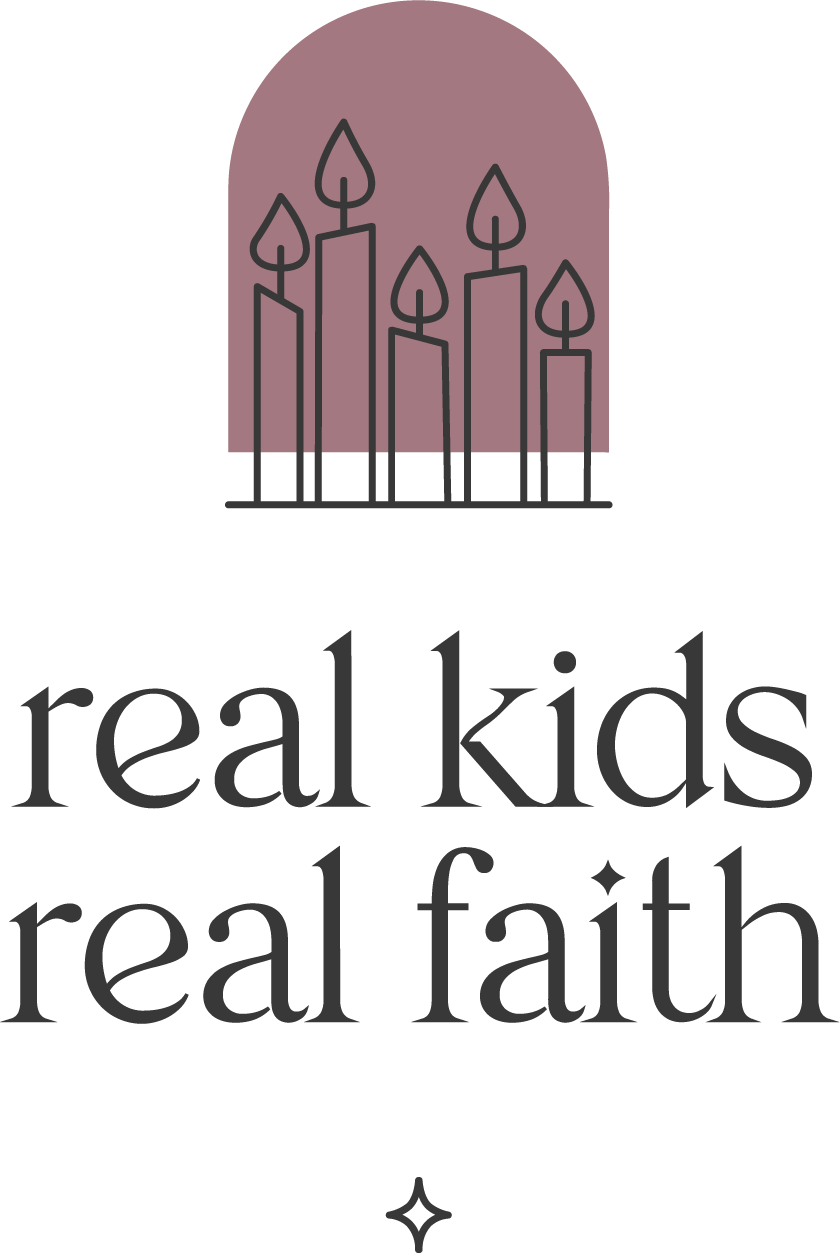Many of the refugees airlifted to the U.S. out of Afghanistan last month are currently housed at Fort Lee in Virginia, where I live. Some of them will be resettled in Richmond, my hometown, while others will travel to other cities and states. They will become our neighbors and the children will attend our children’s schools and daycare centers. They are hoping to make new friends and fashion a new life in this ‘land of opportunity’ we already call home.
As a parent, it can be difficult to know how to prepare our children for these new friends. We know that their last days in Afghanistan were likely chaotic and traumatic. The news coverage of crowds outside the airport fence and young people clinging, then falling from planes was disturbing enough from afar – imagine being a child or parent in the crowd itself! And refugee camps, even on military bases, are hard places to call home. What do we tell our children about the difficult and scary journey these children have endured?
One way to begin is by wondering together about the journey. We might say, “I wonder what it’s like to leave home suddenly and not be able to return” and then invite children to share how they would feel and what they would miss. Or, “I wonder how families try to help one another when they can’t stay in their homes any longer” and then imagine how people might take care of each other even when they’re scared.
Another way is to donate or volunteer as a family with a refugee resettlement organization. My local group set up an Amazon wish list of basic goods that the refugees living at Fort Lee needed, such as underwear, coloring books and crayons, and infant formula. Reviewing and purchasing items together opens space for reflecting on all the things a family needs to make a home. Later in the resettlement process, families can help set up apartments for families by assembling furniture, putting kitchen and bath supplies in cabinets, and stocking pantries with food (including a few staples from local ethnic markets).
You can also brainstorm ways children might communicate without words. When my children were preschoolers, our nextdoor neighbors were Finnish and their daughters didn’t speak English. Our children communicated through gestures, facial expressions, pictures, and sometimes, elaborate pantomimes. Practice inviting an imaginary new neighbor to share a snack, play a game, or go shopping together, all without using words. Bonus: learn a few words in Pashto or Dari, such as “Salam alaikum” (peace be upon you, a common Pashto greeting) or “taschakor” (thank you in Dari) using an online site like http://mylanguages.org/.
Books about refugees are also useful tools, especially with young children. My favorite picture book is Counting Kindness: Ten Ways to Welcome Refugee Children. It captures typical aspects of a refugee family’s experience in less than a dozen words per page. I also like Home is In Between. Although the child depicted in this story is an economic immigrant rather than a refugee, her experiences trying to navigate her old and new cultures will help children understand something of what it’s like to move countries.

Comments